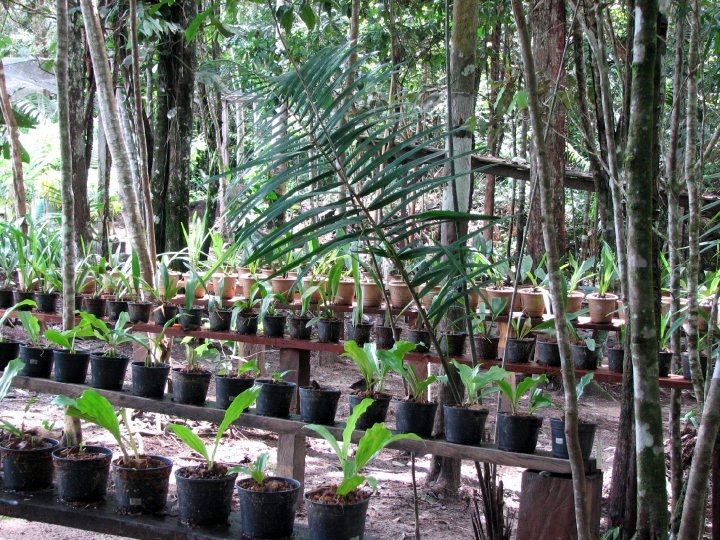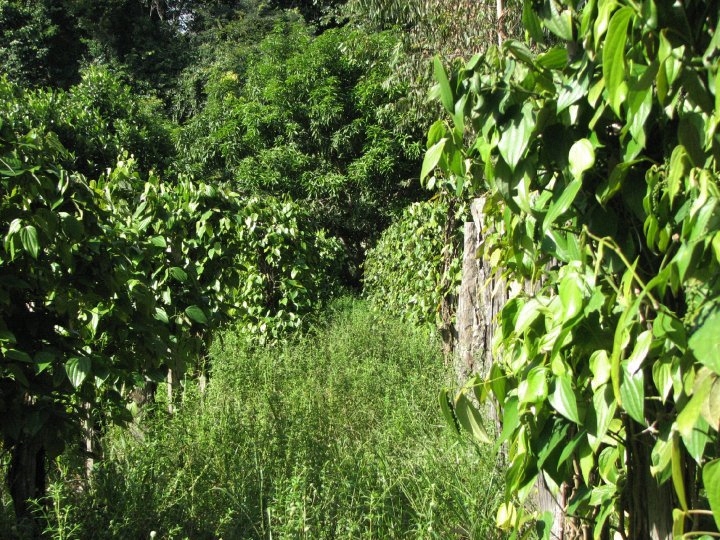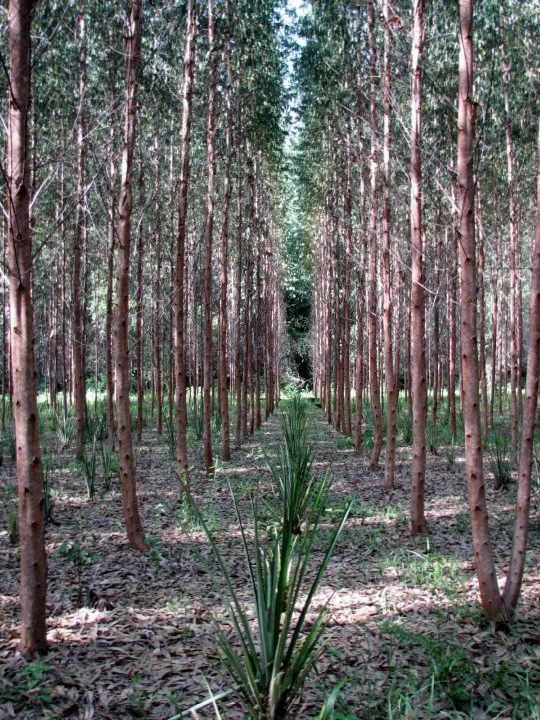Agroforestry has been actively brought back into practice in South America and other regions for years, leaving me wondering why our farmers are so behind the curve. In 2010 I visited northern Brazil - this was my first exposure to both good and bad agroforestry systems. In one region there was company that encouraged local farmers to harvest (i.e. strip the forest of) as many orchids as possible, paying them next to nothing.

In the same region, a large pulp and paper company worked with local farmers to cultivate eucalyptus (a tree similar to bamboo in “sustainability”). The eucalyptus farmers sign a 5-7 year contract, which gives them a guaranteed income. In return, the company helps them start the growing operation and takes full responsibility for harvesting the trees when the contract term is up.
Now don’t get me wrong, I wish that these majestic forests were never touched (experiencing standing in an untouched rainforest, listening to a toucan calling, is amazing), but for areas already slashed and burned, anything is better than the soil degradation caused by cattle ranches.

In a country known for deforestation, it was nice to see the implementation of a crop that contributes to forest cover by companies encouraging and educating the local populace to work with the trees. It was not just eucalyptus that was being grown; it was black pepper vines, passion fruit, and pineapple fiber (just to name a few) in rows beneath and beside the eucalyptus. These secondary crops get harvested annually and are the family’s yearly income in times that the eucalyptus trees aren’t being cut.
Agroforestry in North America is a different kettle of fish. The OMFRA gives a hodge-podge of links that have little connection with agroforestry, while B.C.’s Ministry of Agriculture is quite comprehensive and helpful. Agriculture Canada focuses on shelterbelts which do add canopy cover, but does little to give farmers a steady secondary crop to rely on like the South American systems.

Despite this, there are some amazing examples of fully-functional agroforestry farms (New Forest Farm and Chestnut Charlie’s Tree Crops) where the owners are harvesting multiple crops, reducing their reliance on cash crops, and adding a significant amount of trees to the canopy cover. Using agroforestry, Southern Ontario could be reforested while still harvesting the same amount of traditional crops and (what should be much healthier) livestock.
What’s holding our local farmers back from embracing this system of agriculture with open arms? Is it that the resources and support aren’t easily accessible? Or is it restrictions within our government? If farmers move towards agroforestry, will they lose their government subsidy and have to go on their own, risking it all? What do you think we can do as a community to support a movement for farmers to start agroforestry? Share your ideas below!
